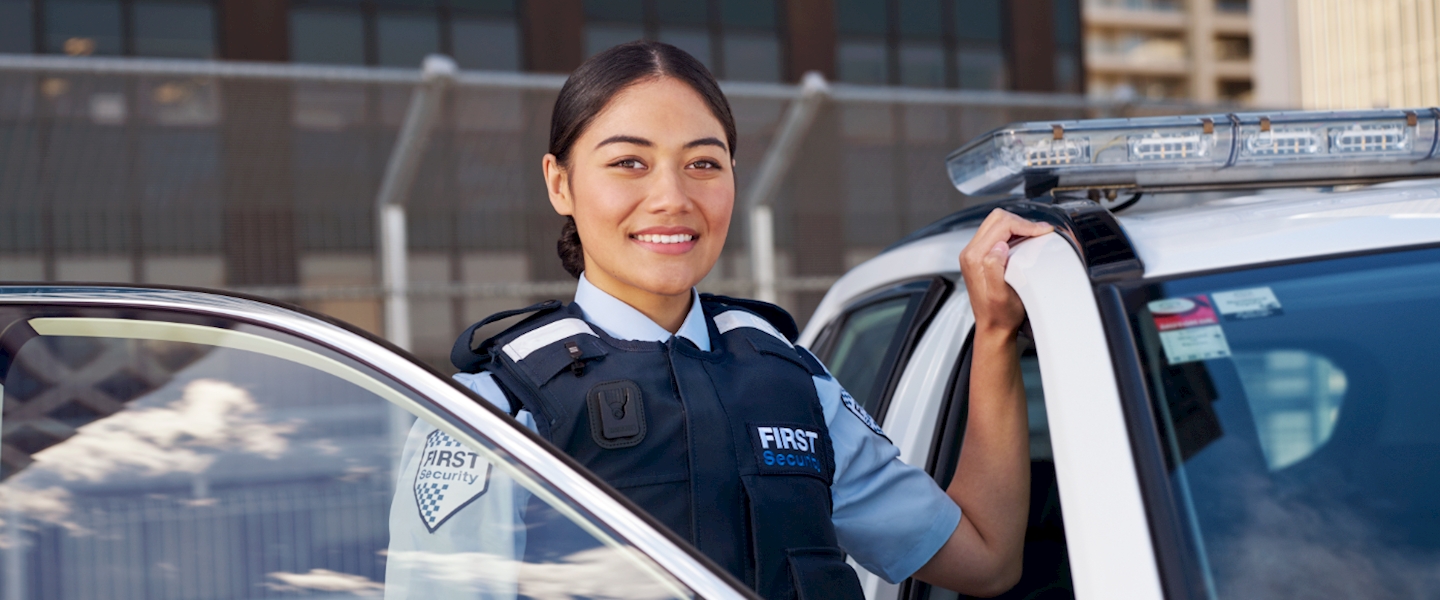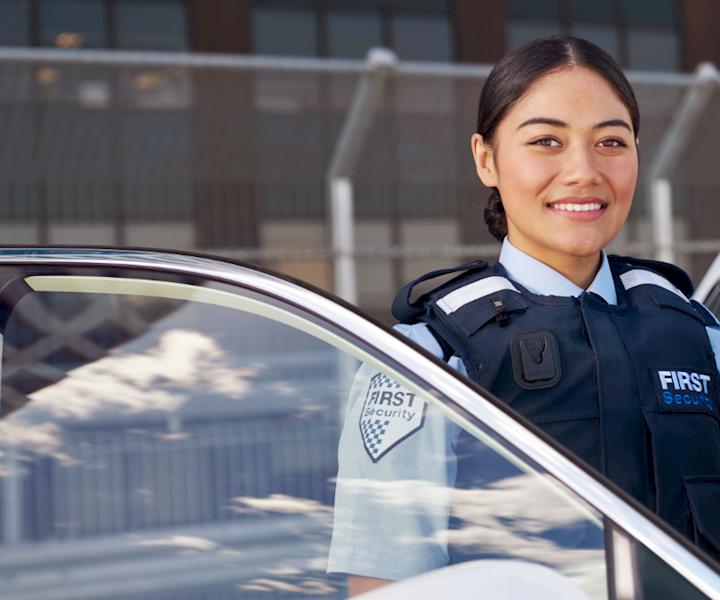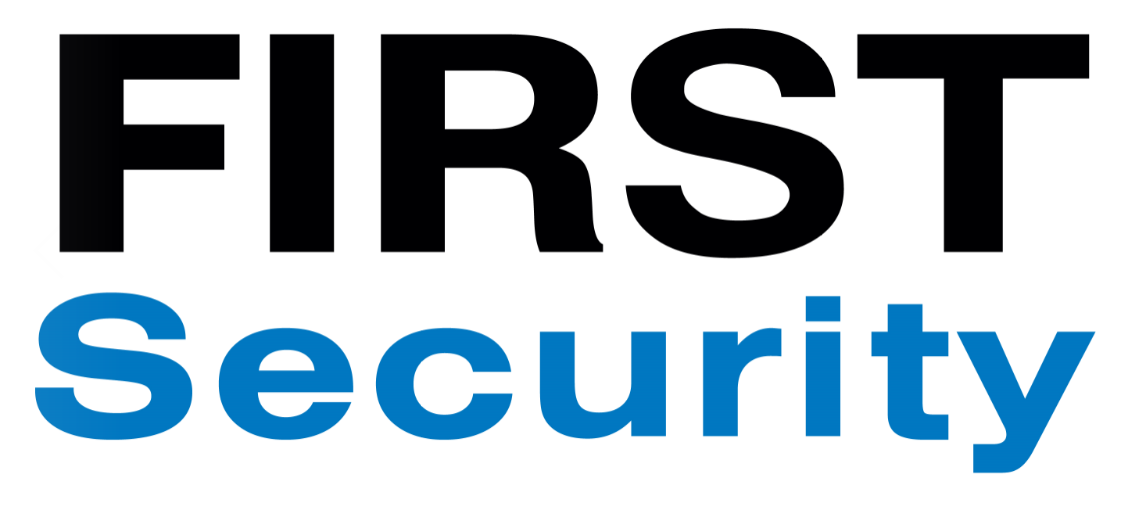Getting the health and safety of security officers right: Ten tips for Situational awareness


A set of guidelines recently published by the New Zealand Security Association’s (NZSA) sets out health and safety considerations in the deployment of security personnel. In this series of posts, FIRST Security’s Health, Safety & Environment Advisor Chris Naya looks at how to best protect those who are on the frontline of protecting New Zealand’s businesses
In my previous post, I explored what the New Zealand Security Association’s (NZSA) Security Services in New Zealand: Good Practice Guidelines has to say about key health and safety considerations relevant to the deployment of Security Officers in event security and crowded places.
That post discussed a risk-based approach to event security, and the impact of risk levels on the type of training that event security staff should receive in preparation for an event.
In this post, we look at the important role situational awareness must play in keeping Security Officers safe when deployed.
What is situational awareness?
“Situational awareness is the ability to identify, process and comprehend information about how to survive in an emergency,” states the Guidelines. “More simply, it is knowing what is going on around you. Situational awareness is dynamic, hard to maintain and easy to lose.”
The UK Government Health & Safety Executive defines situational awareness as “being aware of what is happening around you in terms of where you are, where you are supposed to be, and whether anyone or anything around you is a threat to your health and safety.”
How you understand what’s going on around you – your perception – differs to that of others, and is influenced by your knowledge, experience and education. It is also impacted upon by factors such as how much is going on around you, and how alert you are.
Why is situational awareness important? Because a lack or temporary loss of it is a cause of accidents in the workplace.
“Knowing what is going on all the time is very difficult to achieve for any one person, especially during a high-stress survival situation,” says the Guidelines. “Therefore, it is important that property and mobile security patrol guards know what behaviour helps to maintain situational awareness.”
Tips to improving situational awareness
The Guidelines offers ‘ten tips’ for how you can improve your situational awareness in preparation for a potential survival situation as a Security Officer. They’re worth having a good look at. I’ve re-ordered them and pulled out the key information here:
1. Identify elements around you
The first step in achieving situational awareness is to become aware of key elements in the environment around you, such as objects, events, people and environmental factors, and where they are and how they are acting. Start by noticing the threats that surround you and then expand your awareness to other non-threatening elements.
2. Evaluate and understand situations
Understand multiple elements in your environment through recognising, interpreting and evaluating patterns. Use this information to work out how these elements will affect your safety. This information will help you build a comprehensive picture of your immediate surroundings.
3. Learn to predict events
Having identified elements in your site environment and how they are behaving, use this information to think ahead and work out how these might likely affect future actions and events in the environment.
4. Trust your feelings
A gut feeling that things are not right within your environment is something you should take notice of. Your body is able to detect stimuli in the environment long before you’re able to consciously put all the information together.
5. Limit situational overload
Overload causes distraction, increased errors and high stress. During times of overload, you can help yourself to keep safe by prioritising and delegating tasks and minimising surrounding distractions.
6. Avoid complacency
When things are slow or tasks are routine, we tend to become complacent, and assuming everything is under control will make you less vigilant. To avoid this, continue to challenge yourself and those around you to be prepared for contingencies, and do a mental check every now and then.
7. Be aware of time
The actions of individuals, task characteristics, and outside elements are constantly changing the pace of your environment. When unplanned events begin to arise, make the necessary changes to your schedule and objectives.
8. Actively prevent fatigue
Fatigue makes it harder for you to be alert for possible danger. Try adjusting your work and following a disciplined sleep routine (at least five hours and preferably eight) to prevent wake cycles longer than 18 hours.
9. Continually assess the situation
When you are in a survival situation, always be prepared for changes around you. Continually assess and reassess the situation to work out if you are giving yourself the best possible chance of survival.
10. Monitor the performance of others
Be alert for changes in the performance of people around you, which may be due to work overload, stress or mistakes. When you observe changes in performance, act by speaking up and helping out.
What’s next...
My next blog will be my last (and best!) in this series on health and safety in security, so keep an eye out on LinkedIn and the FIRST Security blog page.
If you’d like to have a discussion about how to keep your people safe, feel free to contact me at christopher.naya@firstsecurity.co.nz

